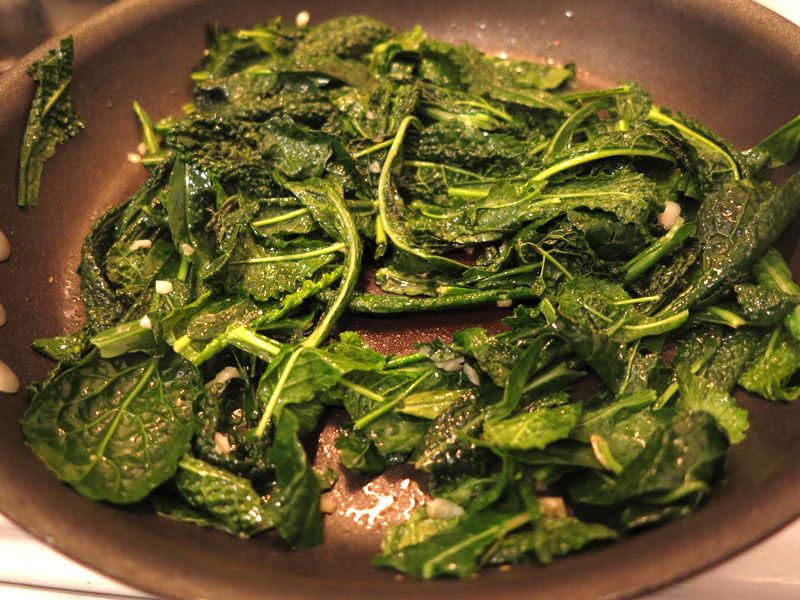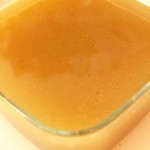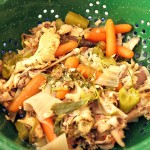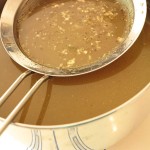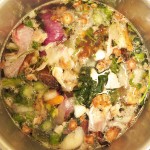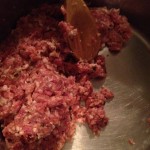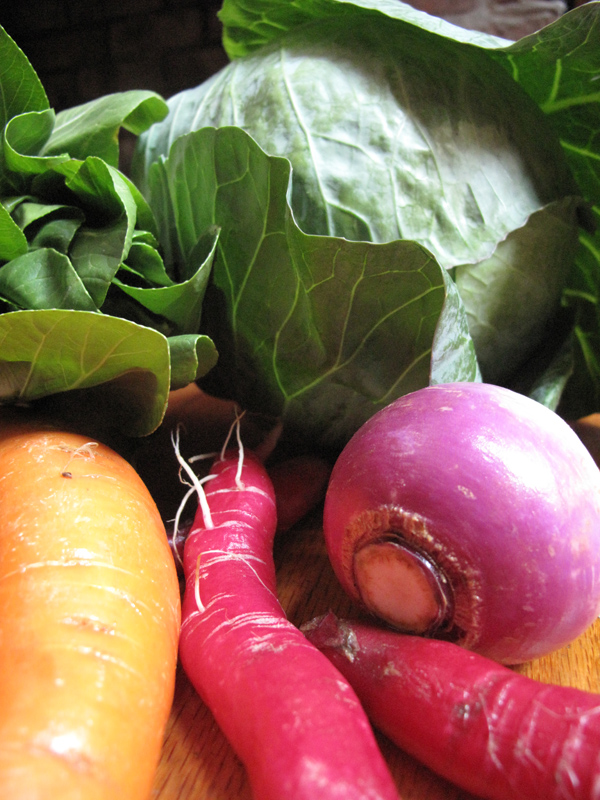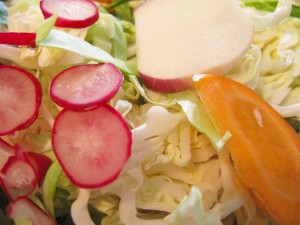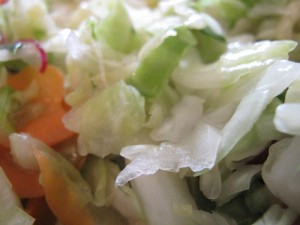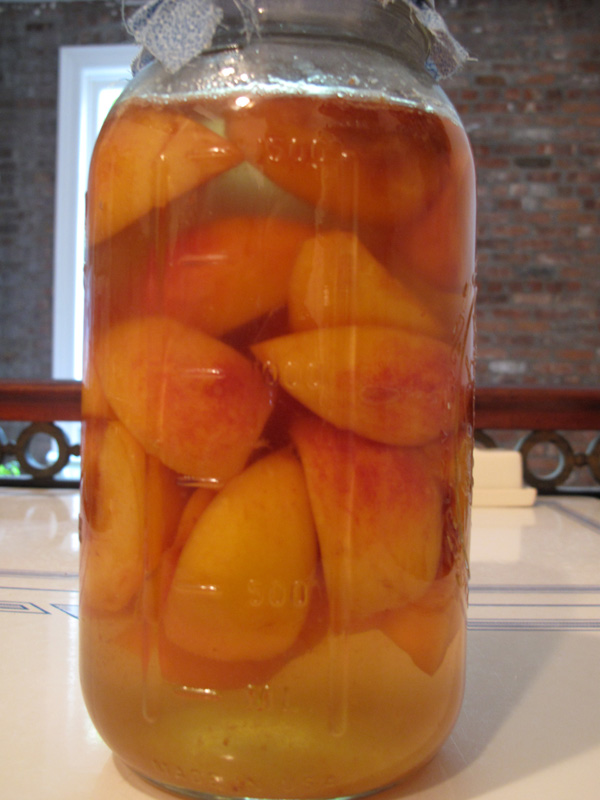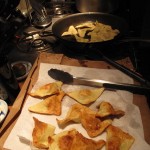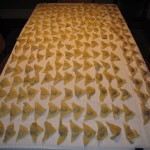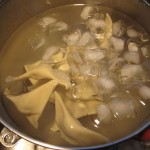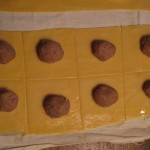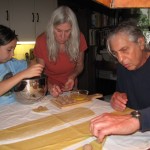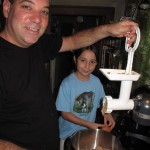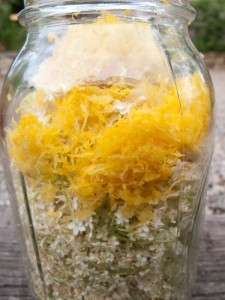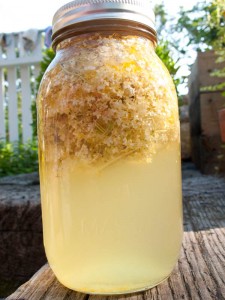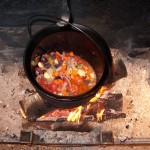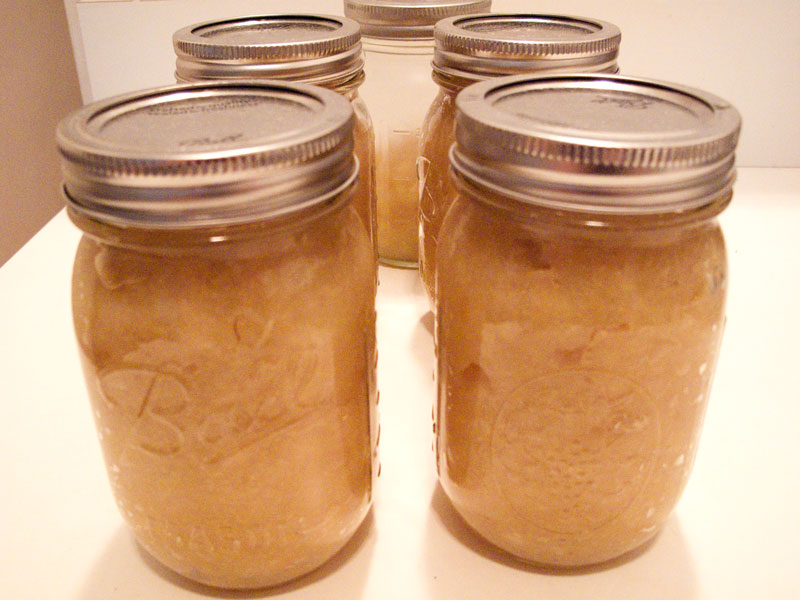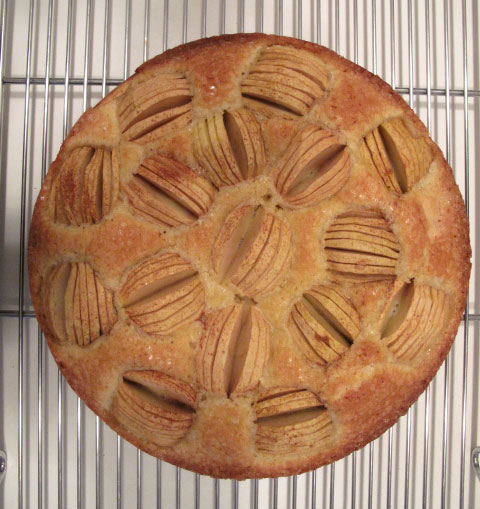Last week we went up to my in-laws to celebrate the Jewish New Year. One of their big traditions is the making of kreplach, which is the Jewish version of a dumpling or wonton. It is filled with brisket and carmelized onions that are then ground together.
My father-in-law learned how to make them as a young boy by helping his bubbe (grandmother) and mother. His job was to crank the meat grinder. He has carried on the tradition, using his bubbe’s old rolling pin. They are extremely labor intensive, as you make and roll out the dough for each dumpling. And we’re not talking about making a dozen. He makes about 18 dozen at a go. He experimented with using wonton wrappers in the past to save some of the labor, but always preferred the real kreplach dough he and his bubbe made.
This year we decided to help him make them. I brought up my KitchenAid stand mixer, with the meat grinder and pasta roller attachments. I figured we could make the dough and then run it through the rollers to make it thin. If that worked, it could save a lot of labor. It turned out to work really well, and we set up an assembly line of sorts with each family member rolling, cutting, filling and folding the kreplach. We made about 19 dozen in exactly 3 hours. After they have been filled, you boil them for a few minutes and then lay them out to dry. When you are ready to eat them, you fry them in corn oil, or put them into soup. They are delicious and something to look forward to every year.
My father-in-law said that as kids, he and his brother used to fight to get the next kreplach out of the frying pan. And don’t you know that while we were making them, his brother called.
I can’t give you their family recipe, as it’s not mine to give, but here’s a link to a different one. They show very different fillings than what Neil’s family uses, but I’m sure they are delicious as well.
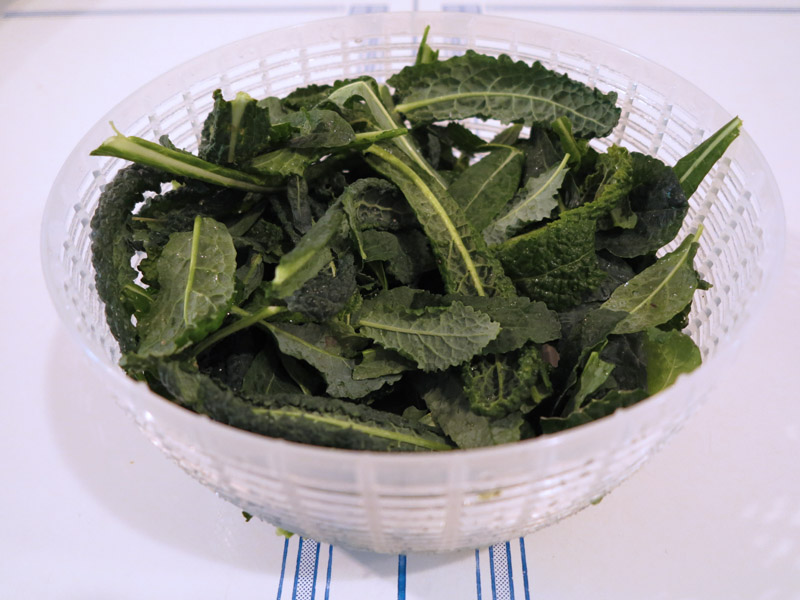 So for some unknown reason, I didn’t harvest my kale last fall. Don’t ask me why because I don’t have a valid reason. Or any reason for that matter. So I guess the glaring answer is laziness…
So for some unknown reason, I didn’t harvest my kale last fall. Don’t ask me why because I don’t have a valid reason. Or any reason for that matter. So I guess the glaring answer is laziness…
